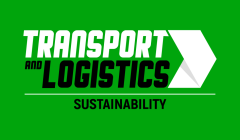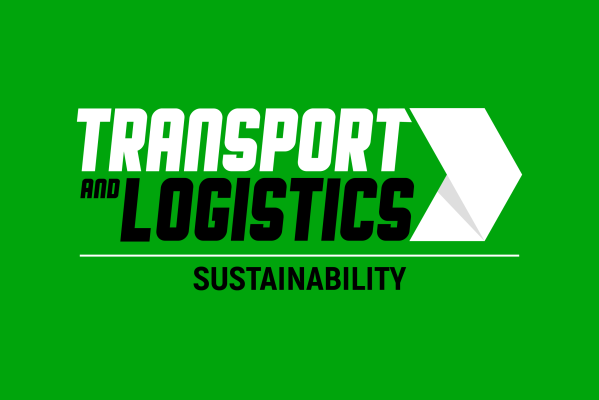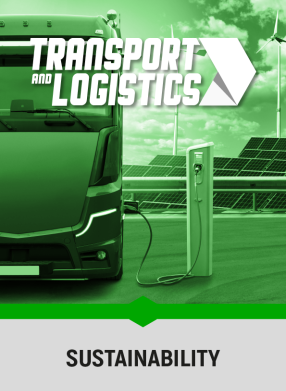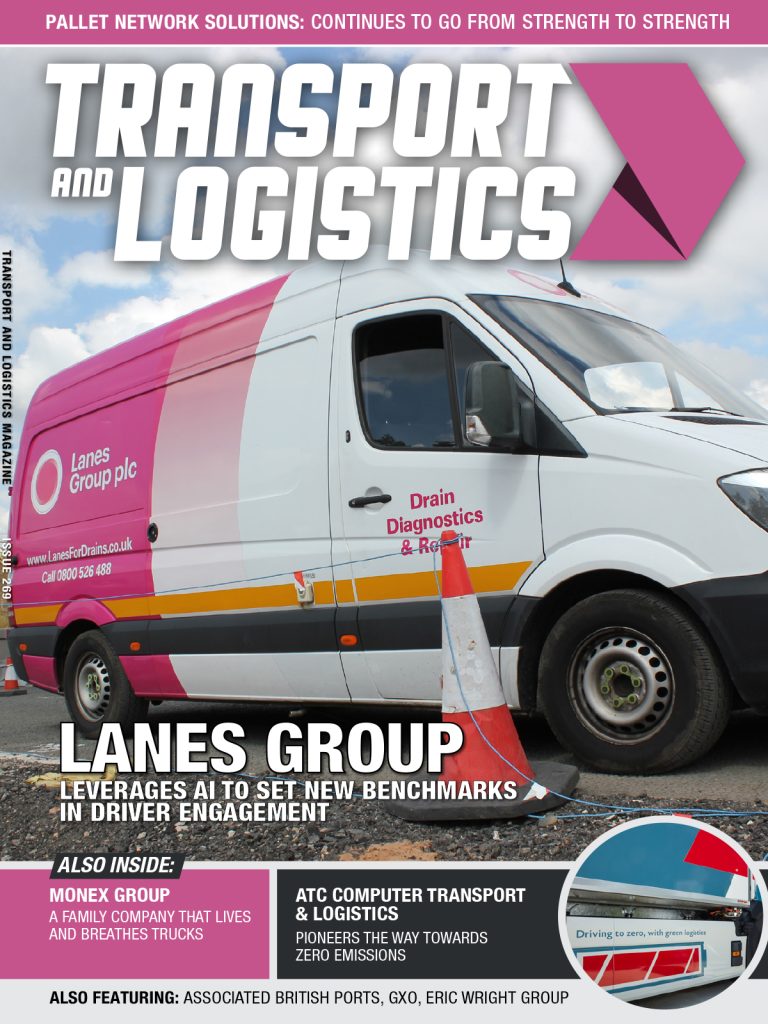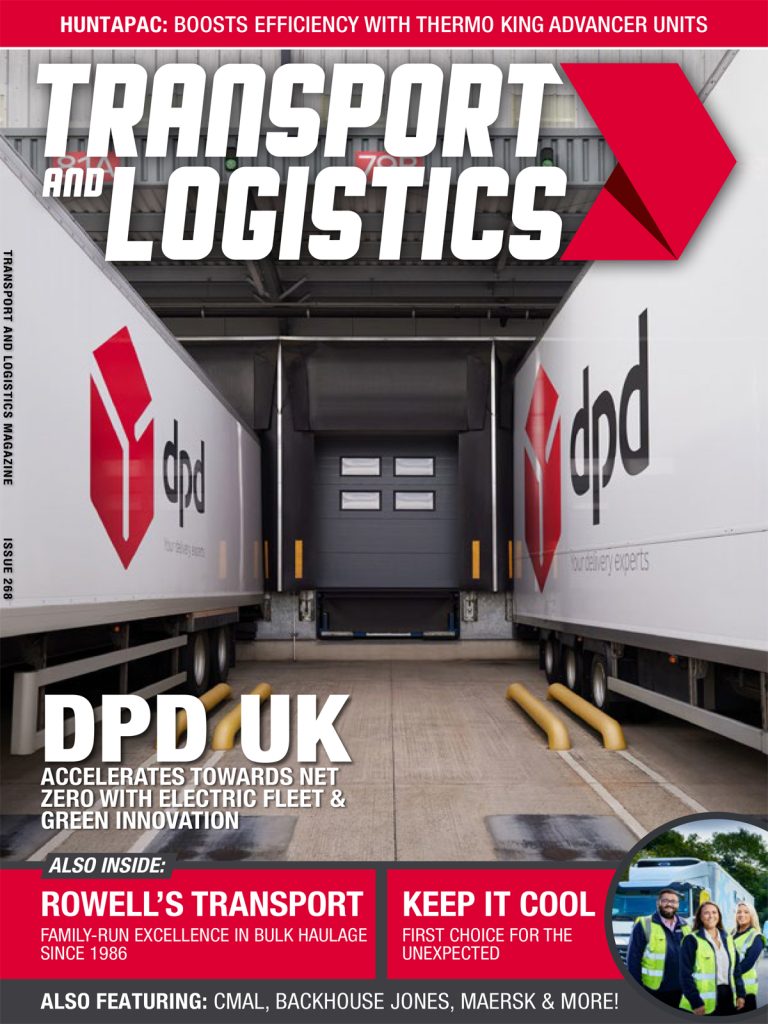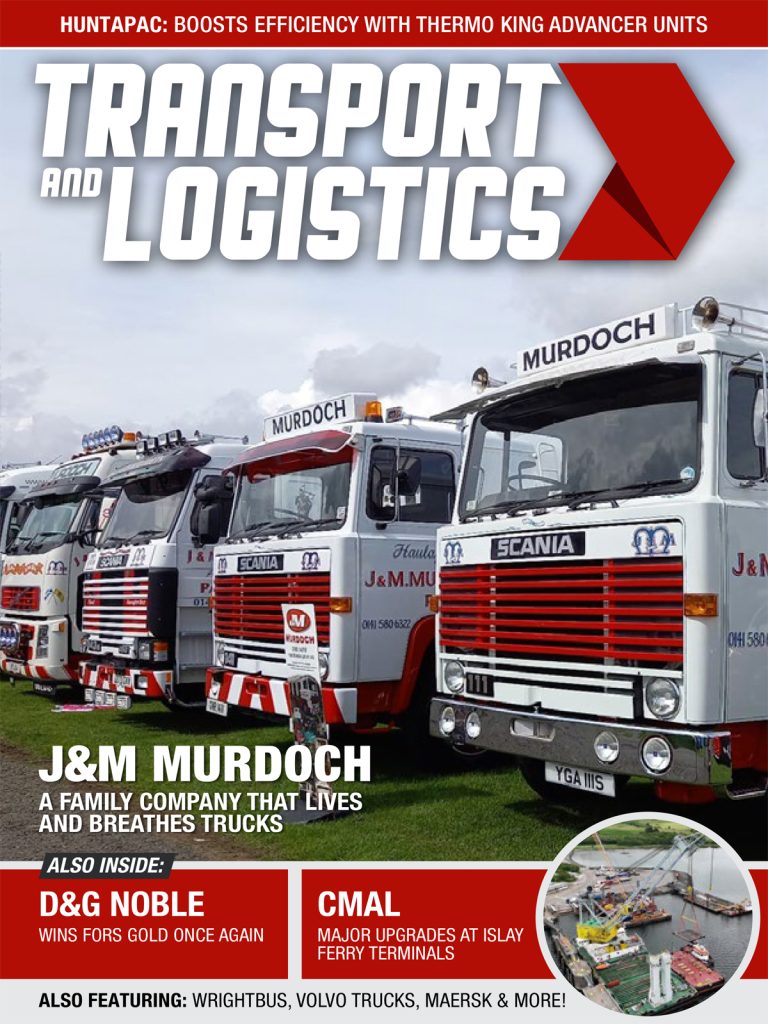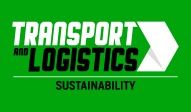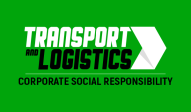H2Accelerate collaboration explores the cross-sectoral benefits of linking industrial and mobility hydrogen projects
The H2Accelerate collaboration has today published its latest whitepaper on linking hydrogen mobility projects with industrial hydrogen hubs. This whitepaper analyses the future ‘European Hydrogen Network’: locations where hydrogen will be produced, imported, transported, and used by industry, and explores the benefits of cross-sectoral collaboration and co-location to both industrial and mobility hydrogen projects.
Linking Hydrogen Mobility with Industrial Hubs
The H2Accelerate collaboration anticipates that by 2030, there will be large-scale supply of renewable hydrogen in Europe linked to four key drivers: large-scale electrolysers, renewable hydrogen demand, import terminals, and hydrogen pipelines. Together, these components will form the ‘European Hydrogen Network’. The collaboration recommends co-locating early hydrogen refuelling infrastructure with the European Hydrogen Network to take advantage of:
- Lower cost of hydrogen due to economies of scale and reduced distribution costs.
- Reduced risk of supply constraints due to increased system redundancies.
- Viable business cases for HRS due to high utilisation from trucking in industrialised regions.
- Accelerated decarbonisation of industrial supply chains by making low-cost hydrogen available to the freight operators contracted by industrial hubs.
The whitepaper found that the regions with the highest demand for trucking overlap with the European Hydrogen Network in northwest Europe. There is therefore a clear opportunity for hydrogen infrastructure providers to co-locate early HRS with the European Hydrogen Network to accelerate the sector through access to lower-cost, lower-risk renewable hydrogen.
Volker Hasenberg, Hydrogen Strategy Manager at Daimler Truck, said: “Hydrogen powered trucking will be suitable for highly flexible and demanding long-haul transportation. Trucks powered by liquid hydrogen for example offer ranges of 1,000 km and more, which means fewer refueling stations are needed to kickstart the hydrogen truck market. However, as long as hydrogen prices stay as high as today, finding customers will be challenging. Linking demand across sectors close to hydrogen clusters helps to overcome that hurdle: hydrogen production at larger scale and shorter distribution distances can bring cost down already from the beginning.”
Policy support to achieve deployment targets
The H2Accelerate collaboration expects hydrogen refuelling infrastructure to develop along the strategic TEN-T corridors where policy support for hydrogen mobility is strongest and with high volumes of freight transport, starting in Germany, the Netherlands, and France. The collaboration further identified policy recommendations to enable the rapid deployment of mobility linked to industrial hubs, including:
- Identification of ‘Hydrogen Acceleration Areas’ to provide certainty on the locations of early hydrogen hubs in Europe to industry.
- Funding joint deployment of hydrogen refuelling stations and hydrogen trucks within Hydrogen Acceleration Areas.
- Providing simplified permitting processes for hydrogen production and refuelling within Hydrogen Acceleration Areas.
- Providing dedicated funding to subsidise hydrogen used in road mobility via the European Hydrogen Bank.
- National implementation of existing European policies to secure the long-term business case for hydrogen trucking.
With sufficient policy support to initiate the development of hydrogen trucking supply chains and the availability of large volumes of low-cost, reliable hydrogen, the collaboration believes that the full industrialisation of the hydrogen trucking sector can be achieved by 2035.
Hannah Bryson-Jones, Spokesperson for the H2Accelerate collaboration, said: “Hydrogen trucking will be required to achieve the overall 45% emissions reduction in heavy duty vehicles by 2030 set by the EU Heavy-Duty Vehicle CO2 standards. The sale of hydrogen vehicles relies on end users’ ability to access low-cost, reliable hydrogen. This latest whitepaper from the H2Accelerate collaboration outlines an innovative strategy for co locating hydrogen mobility with industrial hubs to catalyse the European hydrogen trucking sector.”
The full whitepaper can be downloaded from the H2Accelerate website https://h2accelerate.eu/.
Transport & Logistics – Driving The Industry Forward
